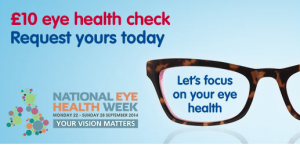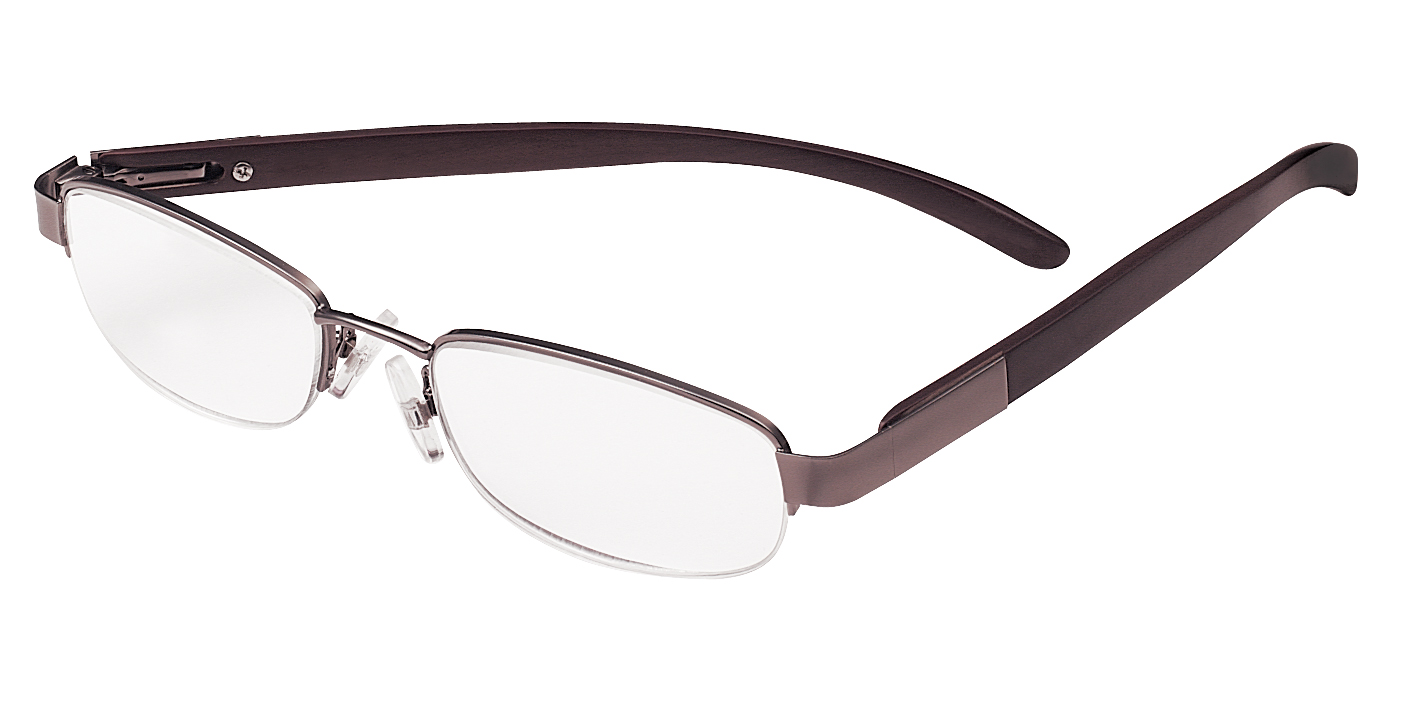With the Autumn sun posing an increased risk to the eyes, National Eye Health Week (NEHW) and Boots Opticians have launched a campaign to raise awareness of the dangers of unprotected sun exposure and help prevent future, avoidable, sight loss.
When the sun crossed the celestial equator on the Autumn equinox (23 September 2014 02:29 GMT) the highest point on its trajectory reduced to just 40-degrees. David Cartwright, chair of NEHW explains how this impacts on our eyes: “When the sun is high in the sky our brow bone acts like a built in sun shade and prevents damaging UV light entering the eye. When the sun is low in the sky during Autumn months the total amount of UV radiation your eyes are exposed to increases dramatically.”
Cumulative UV exposure has been found to promote the onset of cataracts(1) and has been implicated in the development of a range of other eye conditions including photokeratitis, pterygium and macular degeneration – the UK’s leading cause of blindness (2).
David continues: “One simple way you can tell if your eyes are in danger of UV damage is to look at your shadow. If your shadow is taller than you, you should protect your eyes using a hat, sunglasses or UV protective lenses.”
To mark National Eye Health Week Boots has a special offer – £10 for an eye check including digital retinal photography – find out more at Boots.com
As part of a wider public health initiative to prevent future avoidable sight loss(3) and highlight the year-round risk of eye damage caused by UV radiation, NEHW has teamed up with Boots Opticians to launch Sunbeams, to encourage schools to include sun safety within their child protection policies. It will also provide teachers with a range of Key Stage 1 learning resources which highlight ten simple strategies for staying safe in the sun and explain how doing things such as having regular sight tests and eating colourful fruit and vegetables can keep your eyes and vision healthy.
Ben Fletcher, Managing Director, Boots Opticians said: “Everyday protection from UV is vital, especially for children, who are more susceptible to eye damage(4). Increasingly evidence shows the eye health risk of UV exposure – even on a cloudy day. We also know that most of our exposure to harmful UV happens before the age of 18 so it’s important to get eyes checked regularly. We hope our Sunbeam characters Ellen and Ravi will encourage kids and parents to take care of young eyes to minimise the risk of future sight loss.”
Children’s doctor and TV medic Dr Ranj is supporting the Sunbeams campaign. To view Dr Ranj’s vlog and for further information about the public health initiative plus children’s games and a host of fun activities visit www.visionmatters.org.uk/sunbeams
Sunbeams’ Ten Simple Strategies for staying safe in the sun
1. Protect your eyes whenever the UV Index rises to three or more(5) – even on a cloudy day. (Over 90% of UV can transmit through the clouds).
For comfort you may also wish to wear eye protection on bright days when the UV Index is below three.
2. Wear sunglasses with a CE; UV 400 or BS standard BSEN1836 : 2005 mark – this ensures they provide adequate UV protection.
3. Never wear toy sunglasses. These offer little UV protection and can actually cause more damage because the tinted lenses dilate the pupil allowing more UV light to enter the eye.
4. If you wear spectacles, check your lenses provide UV protection.
5. Make sure your eyes and area around your eyes is fully covered. Large lenses and wrap-around styles provide the greatest protection.
6. Wear a hat, cap or visor for added protection
7. Sit or play in the shade
8. Stay out of the sun between 12pm and 3pm when the sun’s rays are strongest. Up to 50% of the total daily UV is emitted between these times!(6)
9. Never look directly at the sun, this can permanently scar the retina.
10. Remember the shadow rule…
… If your shadow is taller than you are your eyes are at greatest risk from UV exposure, as your brow bone no longer offers natural protection.
About National Eye Health Week
The fifth annual National Eye Health Week will take place 22 – 28 September 2014. The Week aims to raise awareness of the importance of good eye health and the need for regular sight tests for all. Visit www.visionmatters.org.uk for further information.
About Boots Opticians
Boots Opticians is one of the leading opticians in the UK with around 600* practices of which around 180* operate on a franchise basis. Of these, 420* are standalone practices and 180* are in Boots stores.
In August 2013, Boots Opticians became the first national multiple optician in the UK to include digital retinal photography as a standard element of its eye test for customers of all ages.
De Rigo, a world leader in the design, production and distribution of high-end eyewear and sunwear, owns a 42% minority interest in Boots Opticians which it obtained in 2009 after Boots Opticians merged with Dollond & Aitchison to create the second largest optical chain in the UK.
*Figures are approximations as at 31 March 2014.
About Dr Ranj, Sunbeam Amabassador
Dr. Ranj is a successful NHS doctor, specialising in the care of children and young people, and also an exciting new TV talent.
Dr. Ranj trained at Guy’s, King’s & St. Thomas’ Hospitals School of Medicine and qualified in 2003 with degrees in Medicine and Pharmacology. Since then he has worked in a variety of adult and paediatric specialities, in a range of district general and teaching hospitals. In 2007 he became a member of the Royal College of Paediatrics and Child Health.
Alongside his medical career, Dr. Ranj has developed an impressive media profile and featured in various projects across TV, radio, printed press and online. He is the co-creator and presenter of the pioneering CBeebies’ show Get Well Soon, and also has a kids’ health segment on ITV This Morning.




